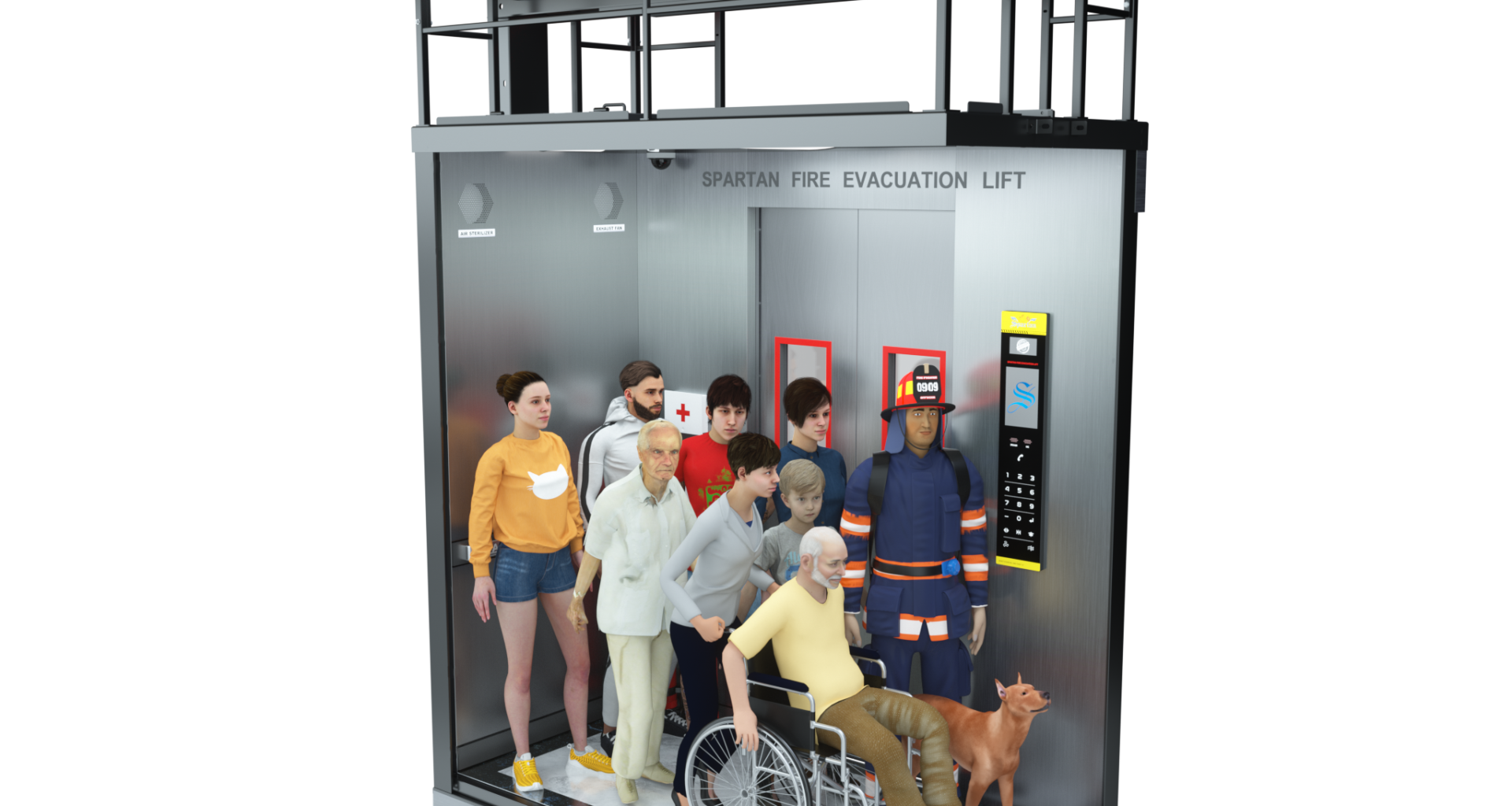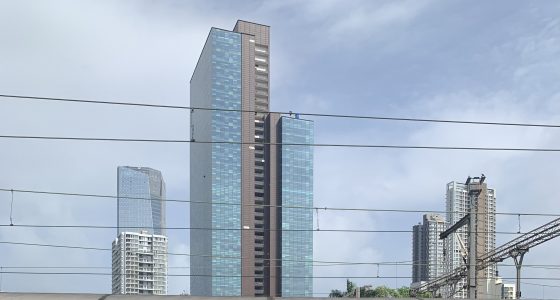By Dr. Vikram Mehta
Maharashtra, the most populous state of India, is growing vertically high. It is known for its Infrastructural boom during the COVID-19 pandemic. It is symbolized for its high-rise constructions and commercial establishments. Mumbai, the capital city of Maharashtra, alone has 362 skyscrapers and 3,629 high-rise buildings, which makes it the frontrunner in high-rise construction. The growth is permanent as the high-rise construction will always have the logic of being practical to resolve high-density urban development. With the high demand and growing constructions, one question remains permanent i.e., the safety of Occupants living in high-rises.
In high-rise constructions, safe and reliable fire safety and evacuation norms become crucial. The amenities create demand, but the safety standards create a recall for your business. From March 2017 to March 2022, the capital city of Maharashtra received around 23K Fire calls in which 157 people died and 1100 people were badly injured. To address this concern, on 20th July 2022, the Maharashtra Energy Department came up with an enactment for the introduction of fire evacuation lifts. It has revolutionized vertical safety in High Rise Buildings during fire emergencies. It has been a year since the enactment, and we have seen Builders, Societies, Architects, Engineers, and Fire Brigade Departments applauding a forward-thinking approach to safety in high-rise buildings.
The enactment has raised the safety standards of the rising infrastructure market. The Fire Evacuation Lift – a unique blend of architectural foresight, safety excellence, and cost-efficiency. This vertical safety solution does not just focus on life safety; it also ensures substantial benefits to developers and builders. In Mumbai, more than 40 Fire Evacuation Lift has been installed in a year, which shows the responsibility of builders towards the occupants. These lifts are faster and safer for firefighters to reach higher floors in case of emergencies. It is the safest evacuation equipment for occupants of all ages including pregnant women / differently-abled persons and Pets. But it serves equal and substantial benefits to the builders.
Benefits to High Rise Builders:
- FSI Saving:
a. Optimize the Floor Space Index (FSI) in your favor by installing a Fire Evacuation Lift
b. With optimized FSI, capitalize on the opportunity to increase the sellable space by up to 3000 Sq. Ft.
c. The increased sellable space can lead to significant financial benefits up to 3 Crores
d. The Fire Evacuation Lift comes out as a more economical choice than the traditional fire lift with a fire tower.
- Safety & Efficiency:
a. Firefighters are the first responders in these scenarios, and their safety is paramount for effective rescue operations. Ensures that the firefighters can reach affected floors quickly, saving valuable time during rescue operations.
b. The lift’s design and functionality prioritize the safety of building occupants of the high-rise building during fire emergencies. The lift can be used to safely evacuate residents, especially those who are unable to use stairs, while firefighters can focus on extinguishing the fire.
c. In emergencies, time is of the utmost importance. Fire evacuation lifts offer a significantly faster means of escape compared to stairwells within fire towers. As per government norms, the Fire Evacuation Lift can evacuate around 90 to 100 people in 3o minutes.
d. The lift can significantly reduce the risks that firefighters face, such as smoke inhalation, building collapse, or getting trapped in the building.
3. Reliable in Adverse Conditions:
a. Fire evacuation lifts are designed to operate even in adverse conditions, including power outages or mechanical failures.
b. They are equipped with 30-minute backup power systems and emergency communication devices, ensuring their functionality when it matters most.
The acceptance by the builders to install the Fire Evacuation Lift in future projects stands as a testimony to their commitment to safety, innovation, and prudent financial management. It shows that the building is not just aesthetically pleasing but also prioritizes the safety of its occupants. This visionary move will not only set new safety standards but will also resonate with potential buyers who appreciate the integrated approach of safety with utility.
Dr. Vikram Mehta, is MD of SPARTAN Fire Evacuation Lift (fondly known as the Fire Evacuation Man of Maharashtra).
Also Read: The Need For Vertical Fire Brigade In High-Rise Constructions









